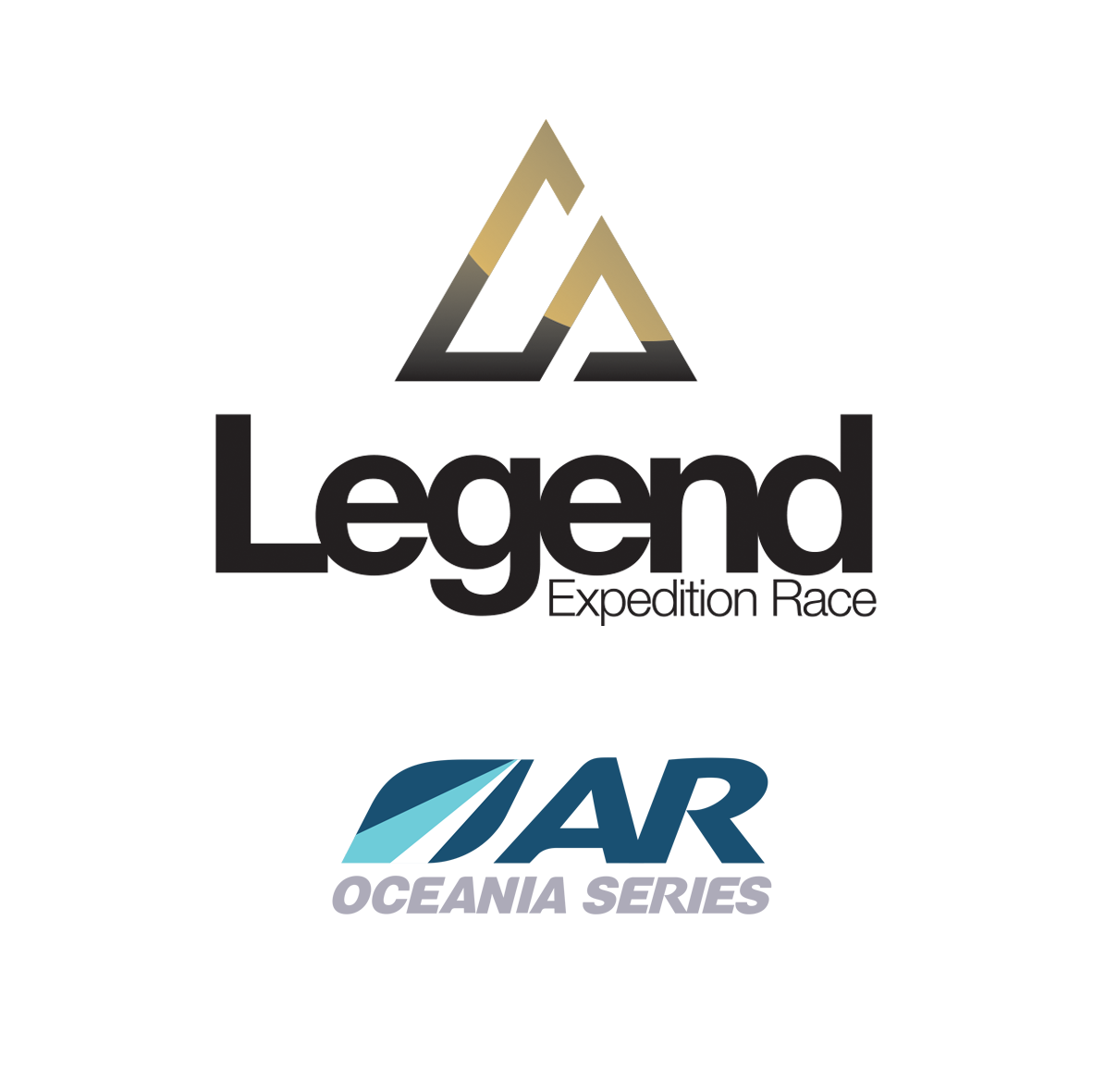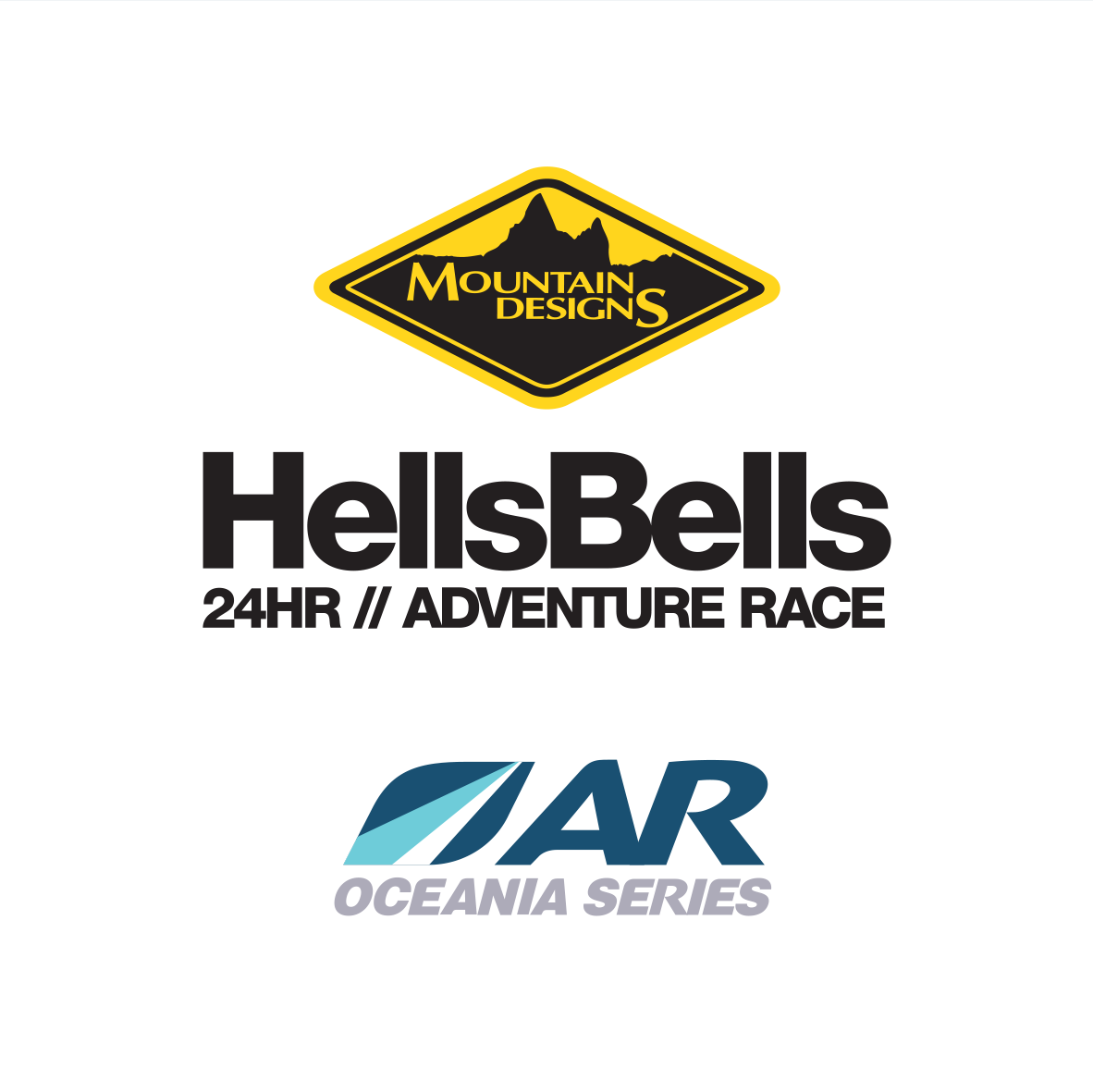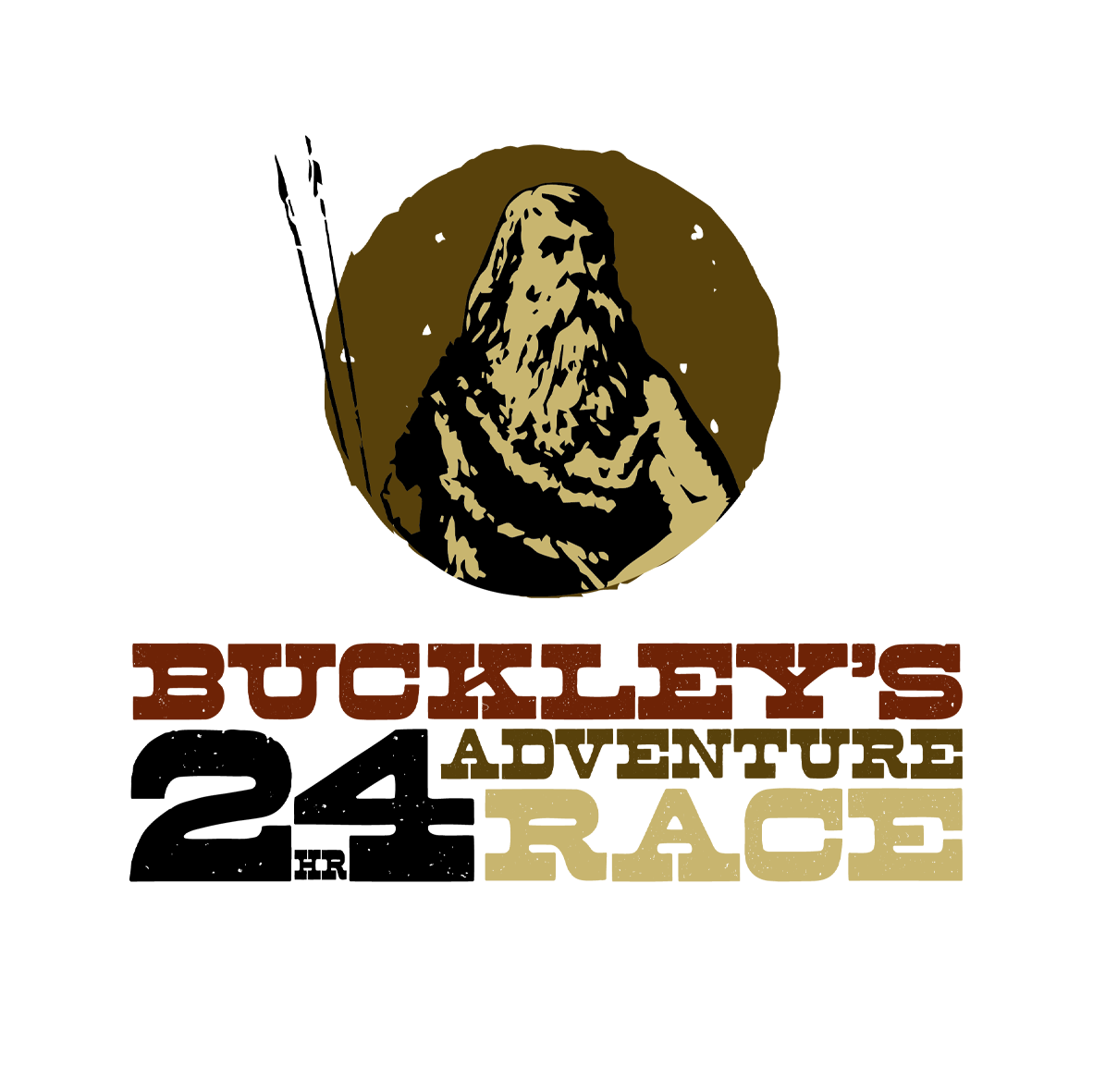Punching the finish line check point in the the Canberra 6hr 2025
Training for Your First Adventure Race: A Beginner’s Guide to Just Finishing (and Having Fun!)
So you’re thinking about signing up for your first adventure race? Maybe you’re not running marathons every month, maybe your bike still has a bit of dust on it, and maybe the last time you paddled was on a family holiday. That’s totally fine. Adventure racing is for everyone—not just elite endurance athletes.
The truth is, you don’t need to train like a professional triathlete to finish (and enjoy) your first race. What you do need is a bit of consistency, some time outdoors, and a mindset that says: keep moving, keep fueling, and enjoy the journey.
Here’s how a simple, beginner-friendly training approach (3–4 days per week) can get you to the finish line smiling.
1. Focus on Time, Not Speed
You don’t need to run fast, ride hard, or paddle like a pro. What matters is time on your feet (or bike, or kayak). Adventure races are about steady effort over hours, not minutes. Train at a comfortable pace where you can still chat with a friend.
Tip: Forget about chasing pace or Strava segments. Think about building confidence that you can keep moving for several hours.
2. Prioritize the Big Three
Adventure racing usually involves biking, running/trekking, and paddling. For beginners, one session of each is plenty. Add a second run or short hike if you have time.
1 long mountain bike ride (build from 1.5 hrs up to 3–4 hrs)
1 run or hike (start at 30–40 min, build to 1.5 hrs)
1 kayak or paddle session (45–60 min steady paddling, or substitute rowing/upper body cardio if you don’t have kayak access)
Bonus: If you have energy, add an easy strength or flexibility session once a week. Focus on bodyweight moves like planks, squats, and step-ups.
3. Train Smart, Not Perfect
Adventure races reward consistency, not perfection. If you can only train three times in a week, that’s enough. The key is to keep going at a pace you can maintain, take care of your nutrition, and enjoy the process.
Tip: Back-to-back weekend sessions (e.g., bike Saturday, run Sunday) are a great way to build endurance without training every day.
4. Practice Fueling and Hydration
Even if you’re “just finishing,” energy management matters. Bring water and snacks to every long session. Train your stomach to handle small, regular bites—bananas, energy bars, sandwiches, or gels—every 30–45 minutes.
Tip: Don’t try anything new on race day. Practice eating and drinking during training so you know what works.
5. Keep the Fun Front and Center
Remember: this isn’t about winning—it’s about experiencing something epic. Adventure races are long, but the vibe is supportive. Go with friends, laugh at the mud, and don’t stress about walking sections or stopping for a snack break.
Tip: The golden rule—just keep moving. Hiking, pushing your bike, or floating down a river all count as progress.
Sample Week (Beginner Adventure Race Training)
Mon – Rest
Tue – Run or hike (30–60 min, comfortable pace)
Wed – Rest or optional light strength/flexibility (20–30 min)
Thu – Paddle/kayak (45–60 min steady)
Fri – Rest
Sat – Long mountain bike ride (start 1.5 hrs, build up)
Sun – Optional short run/hike (30–45 min) or recovery walk/yoga
The Takeaway
Adventure racing is achievable at any fitness level. If you can move steadily for a few hours, eat well along the way, and keep smiling when things get muddy, you can finish. For beginners, 3–4 days of training is enough—just focus on steady efforts, building confidence, and having fun outdoors.
This isn’t just about crossing the finish line—it’s about discovering that you’re capable of more than you thought, one checkpoint at a time.
← Back to Training Guide
References
Friel, J. (2015). The Triathlete’s Training Bible. VeloPress.
Seiler, S. (2010). What is best practice for training intensity and duration distribution in endurance athletes? International Journal of Sports Physiology and Performance, 5(3), 276–291.
Fitzgerald, M. (2016). 80/20 Triathlon. Da Capo Lifelong Books.
Millet, G. P., & Bentley, D. J. (2004). Physiological characteristics of elite triathletes. Sports Medicine, 34(7), 444–459.
Knechtle, B., & Nikolaidis, P. T. (2018). Physiology and pathophysiology in ultra-marathon running. Frontiers in Physiology, 9, 634.
Zaryski, C., & Smith, D. J. (2005). Training principles and issues for ultra-endurance athletes. Current Sports Medicine Reports, 4(3), 165–170.








